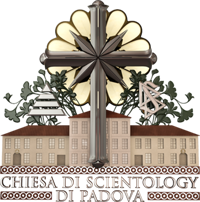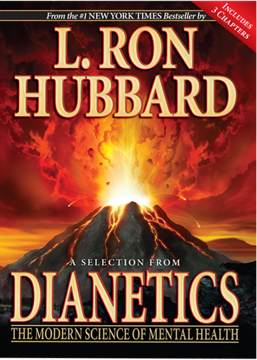THE PARTS OF THE MIND

L. Ron Hubbard discovered that the mind has two very distinct parts. One of these—the part that you consciously use and are aware of—is called the analytical mind. This is the portion of the mind which thinks, observes data, remembers it and resolves problems. It has standard memory banks which contain mental image pictures and uses the data in these banks to make decisions that promote survival.
However, two things appear to be—but are not—recorded in the standard banks: painful emotion and physical pain. In moments of intense pain, the action of the analytical mind is suspended and the second part of the mind, the reactive mind, takes over.
When a person is fully conscious, his analytical mind is fully in command. When the individual is “unconscious” in full or in part, the reactive mind cuts in, in full or in part. “Unconsciousness” could be caused by the shock of an accident, anesthetic used for an operation, the pain of an injury or the deliriums of illness.
When a person is “unconscious,” the reactive mind exactly records all the perceptions of that incident, including what happens or is said around the person. It also records all pain and stores this mental image picture in its own banks where it is unavailable to the individual’s conscious recall and not under his direct control. Though it may appear that a person who is knocked out in an accident is unconscious and unaware of happenings around him, his reactive mind is actually industriously recording everything for future use.






